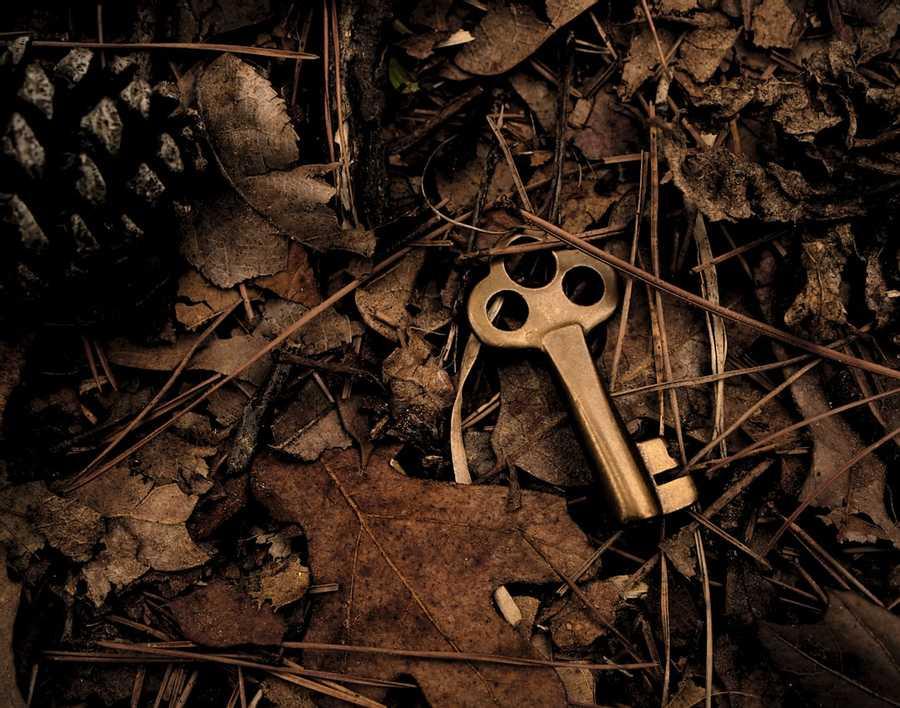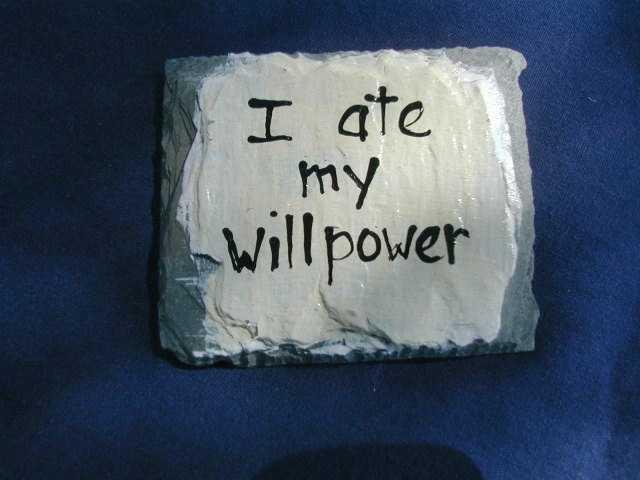Focus On Keystone Habits
Keystone habits lead to the development of multiple good habits.
Exercise is a good example of this. Once you start to change your exercise habits, it sets off a chain reaction that changes other habits as well: you start feeling good about your body, you eat healthy foods, you procrastinate less, etc.
1.42K
63.9K reads
CURATED FROM
IDEAS CURATED BY
The idea is part of this collection:
Learn more about personaldevelopment with this collection
How to set achievable goals
How to create and stick to a schedule
How to break down large projects into smaller manageable tasks
Related collections
Similar ideas to Focus On Keystone Habits
Keystone Habits
- Some habits matter more than others in remaking our lives.
- These are ‘keystone habits’, and they can influence how people work, eat, play, live, spend, and communicate.
- The habits that matter most
“Keystone” Habits
The primary keystone habit is regular exercise. People who exercise habitually start changing other unrelated patterns in their lives, even unknowingly. They eat better, use their credit card less, are more productive at work and more patient.
Food journaling is another keystone h...
Focusing on Keystone Habits
Demonstrating that the company cares and values its employees makes them feel respected and creates reciprocating behaviour.
Focusing on a single measurable outcome (a keystone habit) that benefits the employees makes them work with utmost efficiency and enthusiasm. Focusing on key habits ...
Read & Learn
20x Faster
without
deepstash
with
deepstash
with
deepstash
Personalized microlearning
—
100+ Learning Journeys
—
Access to 200,000+ ideas
—
Access to the mobile app
—
Unlimited idea saving
—
—
Unlimited history
—
—
Unlimited listening to ideas
—
—
Downloading & offline access
—
—
Supercharge your mind with one idea per day
Enter your email and spend 1 minute every day to learn something new.
I agree to receive email updates


